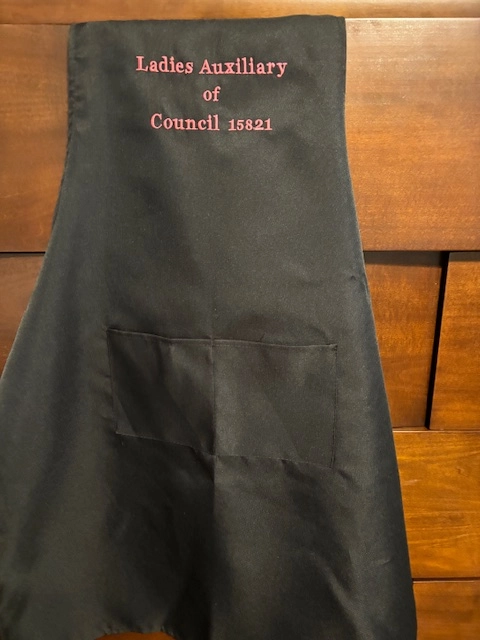Elegant Monogramming on Towels for a Touch of Deluxe
Elegant Monogramming on Towels for a Touch of Deluxe
Blog Article
The Art of Customized Embroidery: Unlocking the Secrets to Creating Unique and Remarkable Styles
The tricks to developing custom embroidery layouts that mesmerize the eye and leave a lasting impression lie in a delicate balance of method, imagination, and attention to information. As we delve into the world of custom needlework, we reveal the nuanced interaction between string option, stitch intricacy, and layout personalization that boosts a simple garment to a job of art.
Picking the Right Embroidery Threads
When picking embroidery strings, what essential factors should you think about to make certain the ideal results for your customized styles? The choice of needlework string is essential in establishing the final result of your stitched style. One of the main factors to consider is the material of the string. Various materials such as cotton, polyester, rayon, and silk use varying levels of sheen, durability, and texture. It is necessary to choose a string material that complements the material you are stitching on and straightens with the wanted appearance of the style.
Additionally, the weight or thickness of the string plays a considerable function in the look of the embroidery. Thicker threads can include measurement and appearance to your layout, while finer threads are ideal for detailed details and small message. Additionally, thinking about the shade fastness and washability of the thread is vital to make certain that your customized layouts preserve their high quality and vibrancy with time. By very carefully evaluating these factors and selecting high-grade threads that fulfill your particular demands, you can enhance the visual appeal and long life of your stitched creations.
Discovering Different Stitch Techniques
To look into the realm of 'Discovering Different Stitch Strategies', one must understand the complexities and nuances that each sewing approach offers the art of embroidery. Various stitch techniques not only add visual rate of interest but likewise add to the general texture and measurement of the style. One preferred stitch method is the satin stitch, which involves carefully stuffed parallel stitches to produce a smooth and glossy surface, suitable for filling out shapes and developing strong lays out.
On the other hand, the backstitch is a functional method usually utilized for detailing and adding fine details. It entails stitching backwards to develop a strong line of needlework. In addition, the French knot stitch adds a tactile element to designs, perfect for producing distinctive accents like flower facilities or ornamental touches.
Exploring different stitch methods permits embroiderers to have fun with light, shadow, and deepness within their styles, boosting the aesthetic appeal and creative top quality of their embroidery jobs. By understanding various stitching methods, one can unlock endless possibilities for creating distinct and remarkable custom needlework pieces.
Incorporating Personalized Design Elements
Having actually discovered the ins and outs of different stitch methods such as the satin stitch, backstitch, and French knot, the emphasis now moves in the direction of incorporating individualized style elements in custom needlework jobs. Individualized layout components play an important function in making embroidery tasks really unique and unforgettable.
Another method to integrate customized design aspects is by including icons or themes that hold unique significance to the recipient or show their passions and character. Incorporating a favored flower, animal, or hobby-related icon can make the needlework design a lot more their explanation significant and individualized. Furthermore, picking colors that reverberate with the recipient or straighten with the intended theme can further boost the customization of the embroidery project.
Understanding the Art of Color Control
One trick facet of shade coordination is recognizing shade concept. This consists of recognizing how various shades communicate with each various other, the emotions they convey, and just how they can be integrated to create aesthetically enticing layouts. By using color theory principles, embroiderers can produce harmonious shade schemes that improve the general look of the layout.
Additionally, taking notice of contrast is critical in shade sychronisation. Utilizing contrasting shades can aid particular elements of the layout pop, boost readability, and produce a visually dynamic embroidery item. By mastering the art of shade control, embroiderers can boost their layouts and produce unforgettable items that reverberate with customers and audiences alike.
Enhancing Appearance With Advanced Embroidery Stitches

Bullion knots, on the various other hand, can be utilized to produce twisted, ropelike components that add an extravagant feel to the needlework. Exploring with these advanced embroidery stitches permits you to push the boundaries of conventional embroidery and create absolutely unique and visually appealing textures in your designs.
Conclusion
Finally, the art of custom needlework entails a mix of selecting the appropriate strings, checking out different stitch strategies, integrating individualized design elements, mastering shade control, and improving appearance with innovative stitches. By recognizing and implementing these crucial elements, embroiderers can create one-of-a-kind and memorable designs that display their imagination and ability. Needlework fanatics can unlock the tricks to developing lovely and custom items that stand out and leave a long-term impression.
Report this page